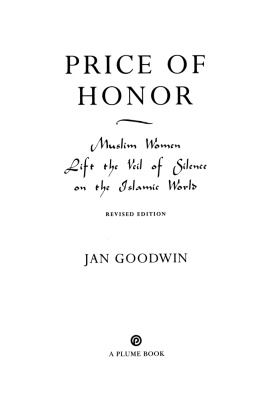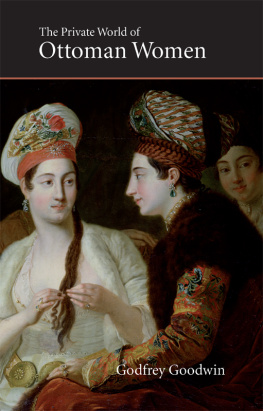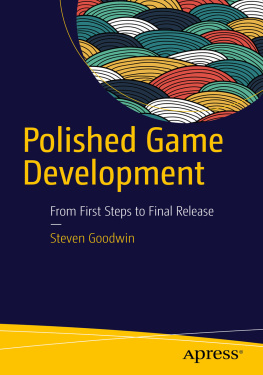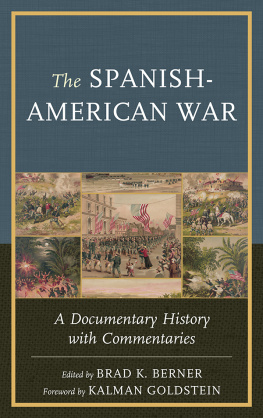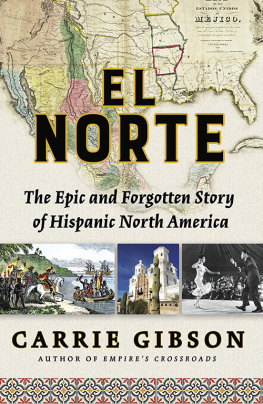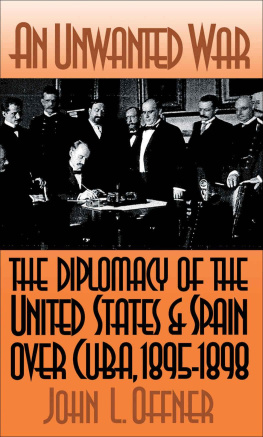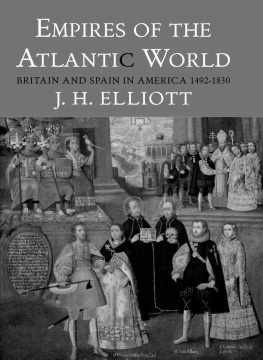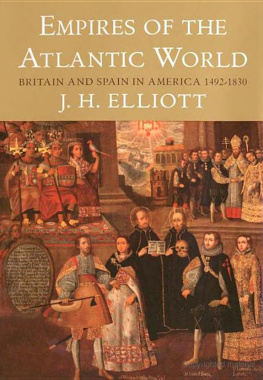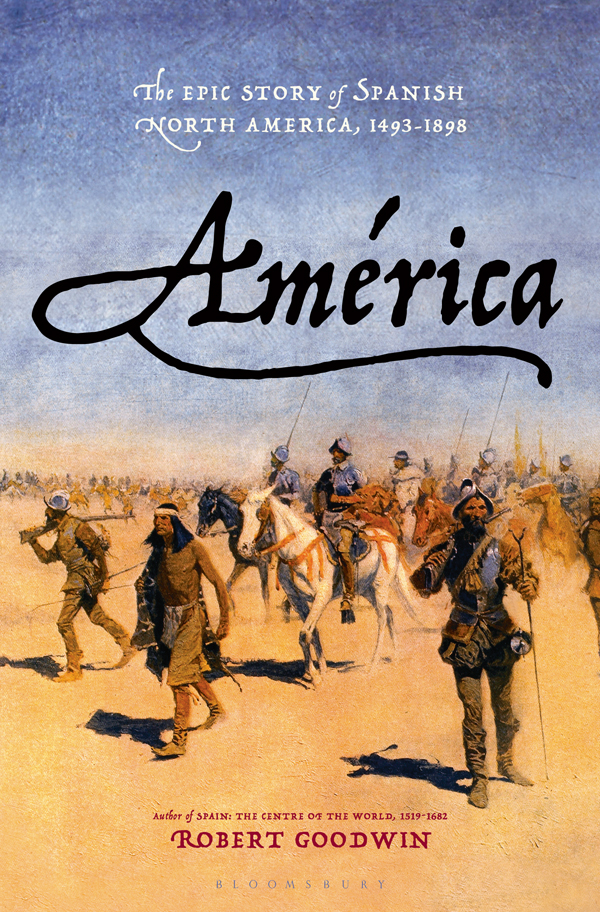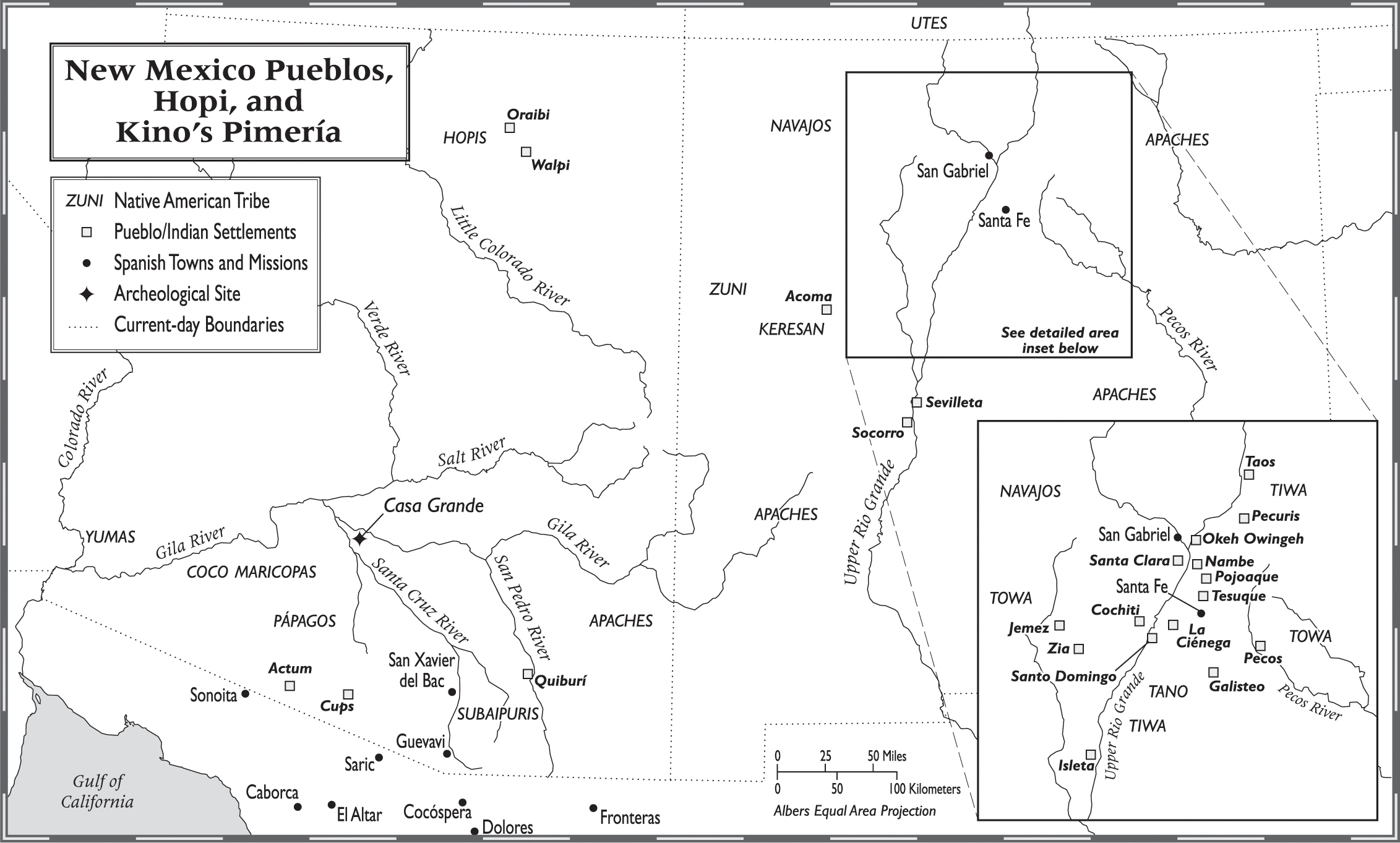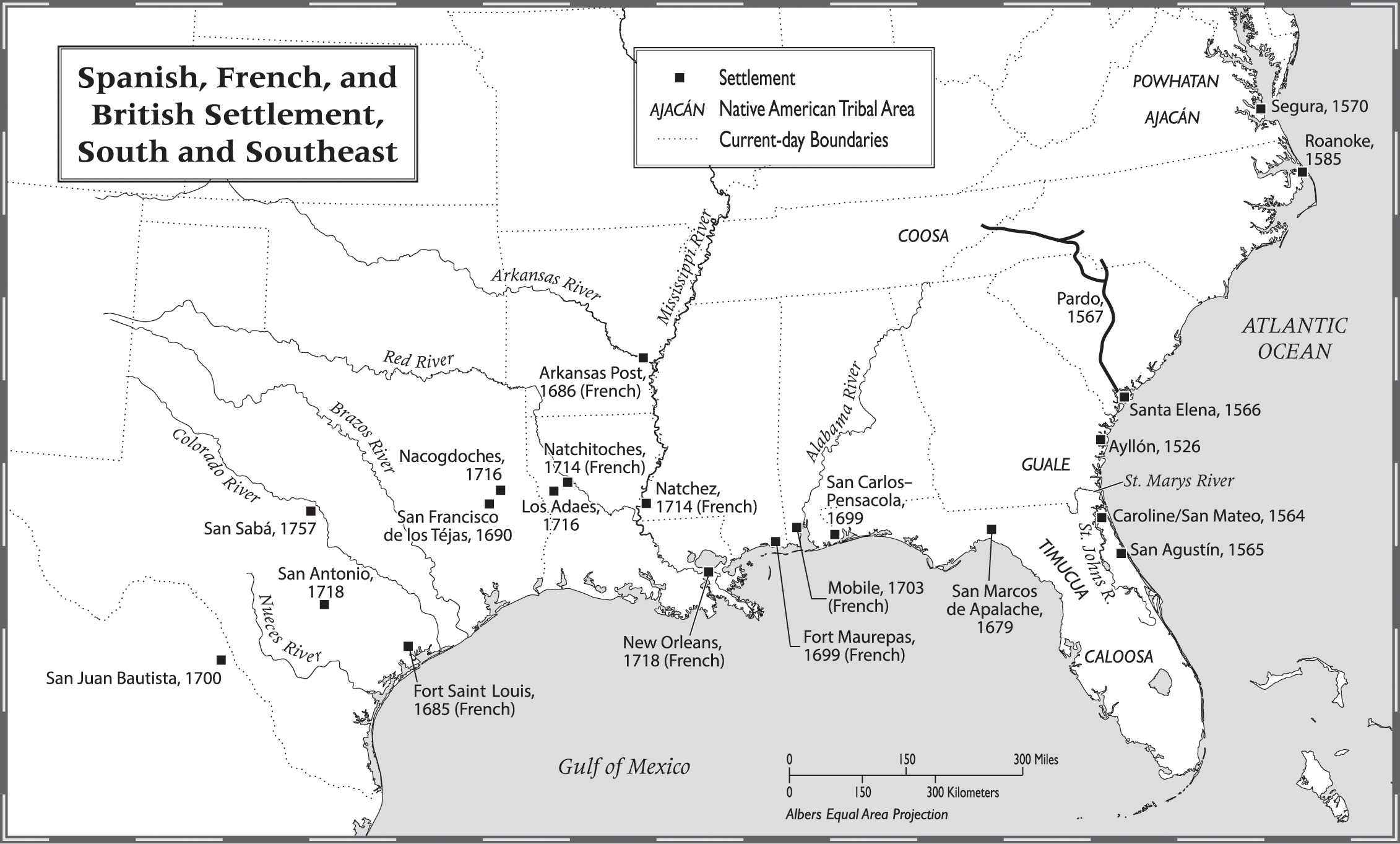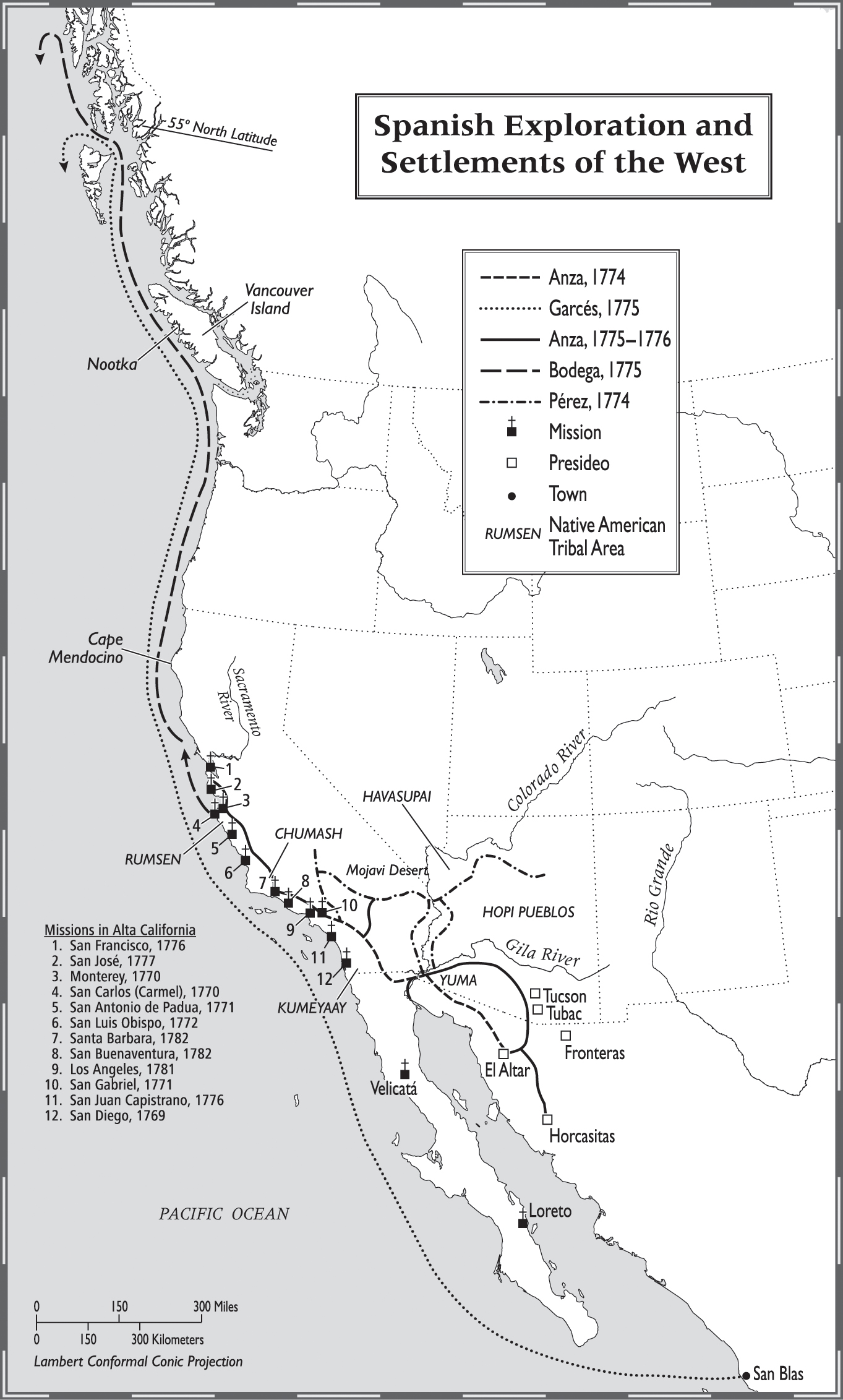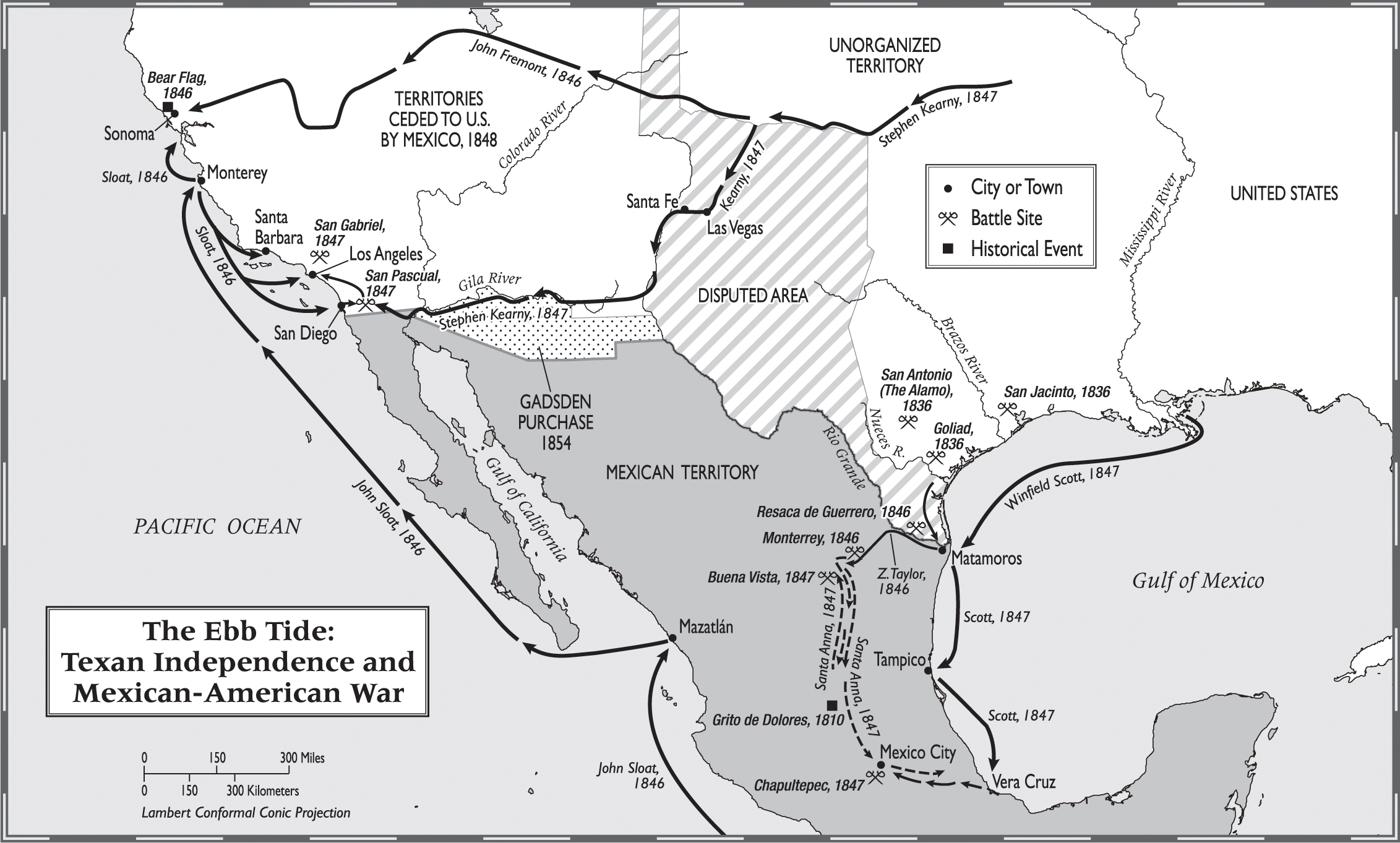Goodwin - Amaerica: the epic story of Spanish North America, 1493-1898
Here you can read online Goodwin - Amaerica: the epic story of Spanish North America, 1493-1898 full text of the book (entire story) in english for free. Download pdf and epub, get meaning, cover and reviews about this ebook. City: New Southwest;North America, year: 2019, publisher: Bloomsbury Publishing Inc, genre: History. Description of the work, (preface) as well as reviews are available. Best literature library LitArk.com created for fans of good reading and offers a wide selection of genres:
Romance novel
Science fiction
Adventure
Detective
Science
History
Home and family
Prose
Art
Politics
Computer
Non-fiction
Religion
Business
Children
Humor
Choose a favorite category and find really read worthwhile books. Enjoy immersion in the world of imagination, feel the emotions of the characters or learn something new for yourself, make an fascinating discovery.

Amaerica: the epic story of Spanish North America, 1493-1898: summary, description and annotation
We offer to read an annotation, description, summary or preface (depends on what the author of the book "Amaerica: the epic story of Spanish North America, 1493-1898" wrote himself). If you haven't found the necessary information about the book — write in the comments, we will try to find it.
At the conclusion of the American Revolution, half the modern United States was part of the vast Spanish Empire. The year after Columbuss great voyage of discovery, in 1492, he claimed Puerto Rico and the Virgin Islands for Spain. For the next three hundred years, thousands of proud Spanish conquistadors and their largely forgotten Mexican allies went in search of glory and riches from Florida to California. Many died, few triumphed. Some were cruel, some were curious, some were kind. Missionaries and priests yearned to harvest Indian souls for God through baptism and Christian teaching.
Theirs was a frontier world which Spain struggled to control in the face of Indian resistance and competition from France, Britain, and finally the United States. In the 1800s, Spain lost it all.
Goodwin tells this history through the lives of the people who made it happen and the literature and art with which they celebrated their successes and mourned their failures. He weaves an epic tapestry from these intimate biographies of explorers and conquerors, like Columbus and Coronado, but also lesser known characters, like the powerful Glvez family who gave invaluable and largely forgotten support to the American Patriots during the Revolutionary War; the great Pueblo leader Popay; and Esteban, the first documented African American. Like characters in a great play or a novel, Goodwins protagonists walk the stage of history with heroism and brio and much tragedy.
Goodwin: author's other books
Who wrote Amaerica: the epic story of Spanish North America, 1493-1898? Find out the surname, the name of the author of the book and a list of all author's works by series.

![Goodwin - Fatal colours : the battle of Towton, 1461 ; [Englands most brutal battle]](/uploads/posts/book/98484/thumbs/goodwin-fatal-colours-the-battle-of-towton.jpg)
